SPANISH TEACHERS success academy
25 MASTER SESSIONS
Grab The Spanish Teacher Success Academy All Access Pass
Plus $832 in Exclusive Bonuses And You Won't Miss A Thing...
Click to Open/Close ▼
DAY 1: THE TEACHER TOOLBOX

The ABCs of Project Based Learning
by Laura Sexton
In this presentation, Laura Sexton presents 26 important aspects of Project Based Learning (PBL) and provides teachers with a number of her favorite resources to use while implementing PBL with students. Ms. Sexton offers both practical advice around expectations and rubrics, for example, while acknowledging the needs of both students and teachers that must be met for PBL to be a successful experience for everyone. Teachers will gain a thorough understanding of PBL as well as a starting point should they want to try PBL with their students right away.

Moving Away From Grammar Based Teaching
by Albert Fernández
In this presentation, Mr. Fernandez challenges the traditional model of a textbook-focused Spanish classroom by demonstrating the benefits of moving away from grammar-based teaching. He explains that novice learners of Spanish learn best when teachers help them focus on building their confidence and competence; grammar-based teaching doesn’t always have this focus, which is why trading textbooks for comprehensible input just might be the way to go. Mr. Fernandez offers teachers many examples of input activities and output activities, all of which have worked well in his classroom, and he supports his explanations with interesting anecdotes and relevant samples of student work. Teachers will gain a deeper understanding of the potential of comprehensible input as a teaching tool as well as a variety of activities they can immediately apply to their own lesson plans.
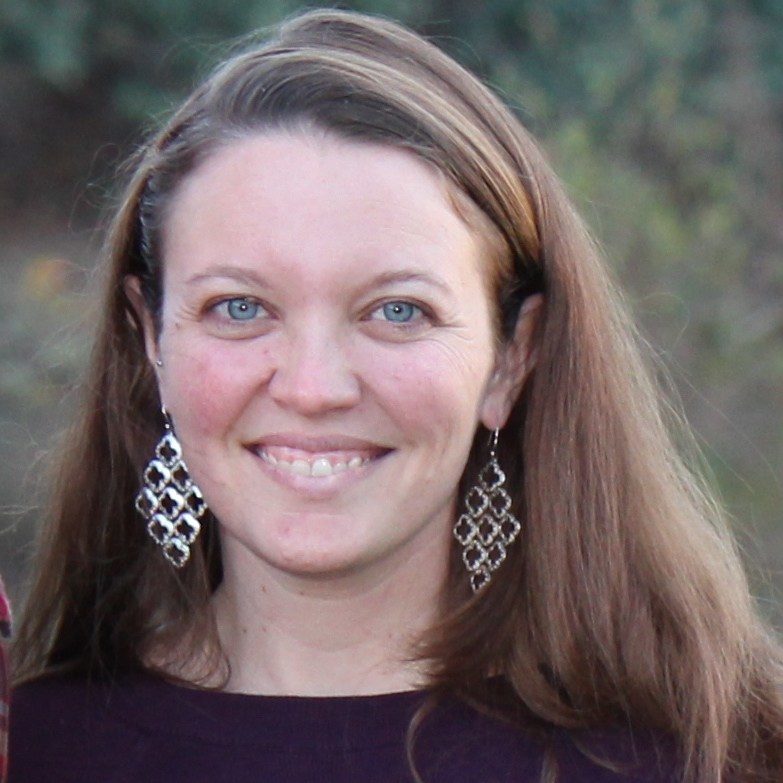
Creating And Assessing With Integrated Performance Assessments (IPAs)
by Maris Hawkins
In this presentation, Maris Hawkins introduces the concept of Integrated Performance Assessments (IPAs), a method of assessment that incorporates 2 to 6 different approaches that test relevant language skills. Ms. Hawkins presents her suggestions with anecdotes that describe her experiences with IPAs, offering insights and tips alongside her recommendations. Teachers who are new to IPAs will learn how to incorporate IPAs into their existing curriculums, while teachers who have used IPAs in the past will learn new ideas for preparing students for IPAs and reinforcing the skills students must practice in order to succeed.

Assessment Demystified
by Tina Hargaden
In this presentation, Tina Hargaden identifies common problems around the process of assessment in world language classrooms and offers teachers practical solutions. She demonstrates her ideas while explaining them, giving teachers a clear understanding of what her assessments look like. Ms. Hargaden reminds teachers to set their students up for success when assessing them as the end-goal for all teachers of language is confident and competent language output from their students.

Working Smarter, Not Harder (To Maintain Your Sanity)
by Bethanie Drew
In this presentation, Bethanie Drew offers teachers five easy-to-implement tips to minimize common problem areas, from disruptive students to too-heavy workloads. She acknowledges the competing needs of teachers, who live busy lives of their own, and students, whose needs seem to be increasing as the academic years go by. By following Ms. Drew’s five tips, teachers will be able to improve their relationships with their students and achieve all of their learning objectives without having to risk burnout and overwork.

5 Must Have Tech Tools
by Rachel Lucas
In this presentation, Rachel Lucas introduces five of her current favorite tech tools for Spanish teachers: Spanish Games, Conjuguemos, Duolingo for Schools, Formative, and Mi Vida Loca (BBC). Ms. Lucas walks viewers through each of the five tools, pointing out the most useful and helpful aspects of each tool. She identifies ways in which each tech tool saves teachers time while students interact with the Spanish language in new and innovative ways. Teachers will be able to determine quickly if the tech tools recommended by Ms. Lucas will work for their lesson plans, and thanks to the thorough explanations by Ms. Lucas, teachers can quickly and easily implement any of the tools into their lesson plans.
Click to Open/Close ▼
DAY 2: HERITAGE SPEAKERS
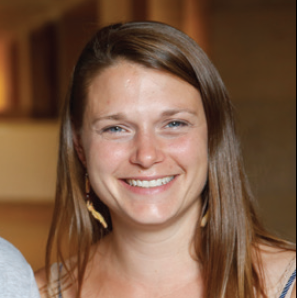
Two Classes in One: Strategies for Heritage and New Language Learners in Mixed Class Teaching
by Dr. Jenna Cushing-Leubner
In this presentation, Dr. Jenna Cushing-Leubner discusses the latest thinking around working with heritage learners and new language learners in the mixed classroom. Dr. Cushing-Leubner applies well-documented data points to her own experiences working with mixed classrooms to her ideas for giving students the best learning experience possible for their needs. No matter how much or how little control teachers have over their curriculum, teachers will better be able to meet the needs of both heritage learners and new language learners better after listening to Dr. Cushing-Leubner talk about relevant issues like representation in classroom materials and student identity.

Myths (And Truths) About Teaching Spanish Heritage Classes
by Adrienne Brandenburg
In this presentation, Adrienne Brandenburg combines well-researched data points about language acquisition with anecdotal experiences from her six years of working with Spanish heritage learners. She debunks myths and exposes truths about working with this student population, celebrating all the while the unique strengths Spanish heritage learners bring to their own academic careers. As well, Ms. Brandenburg offers tried and tested strategies that have successfully informed her own curriculum and lesson plans. With compassion and honesty, Ms. Brandenburg encourages other teachers of heritage learners to accentuate the positive while meeting students exactly where they are.
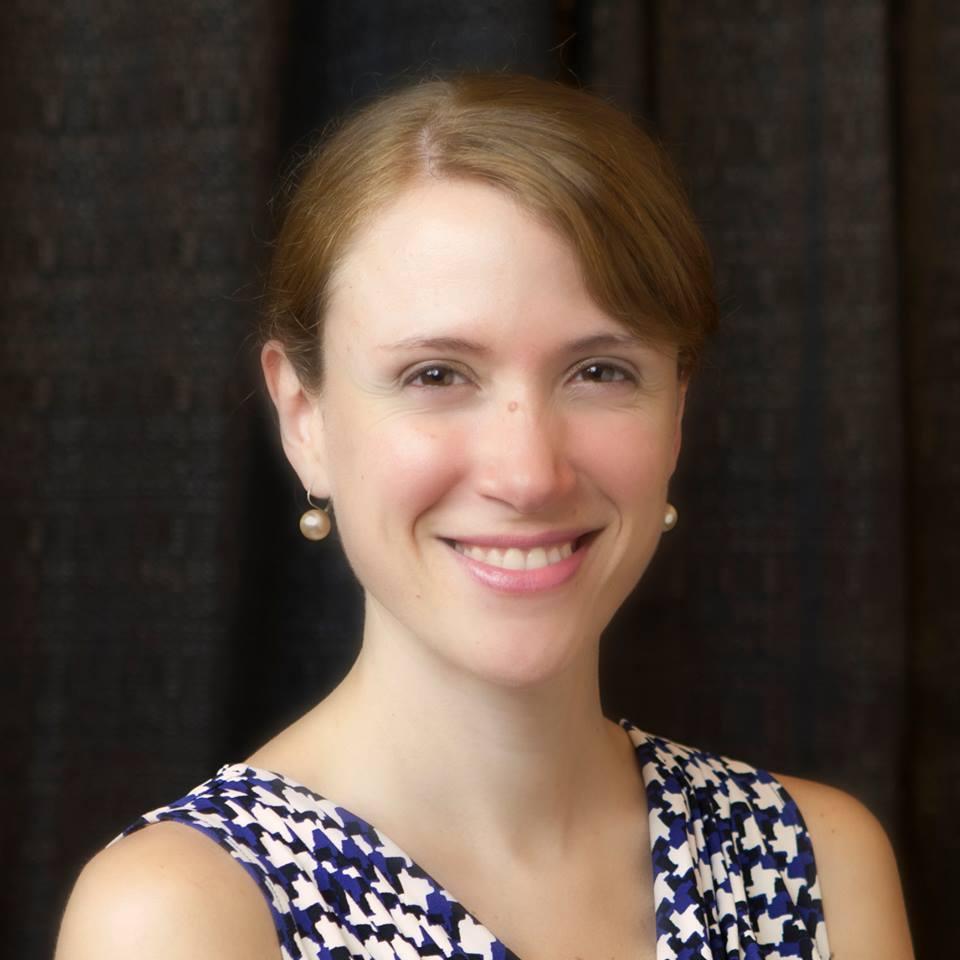
Teaching Spelling To Heritage Learners: No Drills Required
by Dr. Florencia Henshaw
In this presentation, Dr. Florencia Henshaw discusses the importance of teaching Spanish heritage learners how to spell Spanish words correctly. She addresses various issues that are unique to heritage learners in order to explain why this gap in learning exists. As well, Dr. Henshaw offers practical strategies for teachers that will help heritage learners understand the learning of spelling as something meaningful, purposeful and communication-focused. Teachers will gain perspective from the point of view of Spanish heritage learners and learn how to make spelling interesting and relevant for their students.

Managing the Mixed Classroom
by Sam Finneseth
Sam Finneseth shares her experience teaching mixed classrooms at the middle school and high school level in this informative presentation for teachers who work with Spanish heritage learners and L2 learners at the same time. She offers her perspectives on the complex needs of heritage learners while validating the difficulty of teaching a mixed classroom. Ms. Finneseth is guided by principles of routine, organization and empathy, and she gives her suggestions with frank directness and detailed anecdotes of her own time with her students. Teachers will gain valuable insight into Ms. Finneseth’s approach to working with her mixed classrooms, which include goal-setting and community-minded conversation.

Affirming Multilingual Identities: Language And Power
by Kristin Montgomery
This presentation by Kristin Montgomery invites teachers to consider their own experiences with the Spanish language in order to gain understanding into the experiences of their Spanish heritage learners. Both interactive and reflective, this presentation offers teachers Ms. Montgomery’s unique perspective as an advocate for the practice of affirming the identities of Spanish heritage learners. She outlines the reasons behind her commitment and offers teachers different thought-provoking activities to use with their own heritage learners, supporting her ideas with research and personal experience.

Techniques for Heritage Speakers to Discover and Embrace Their Own Identity
by Jen López
In this presentation, Jen López describes her evolution from an underconfident textbook-guided teacher of Spanish heritage learners into an educator who positively impacts her students’ lives in both academic and socio-emotional ways with creative and reading-focused activities. With a language arts focus, Free Voluntary Reading assignments and identity-affirming creative projects, Ms. López guides her students towards a more authentic understanding of themselves and their potential. From this presentation, teachers will learn how to implement Free Voluntary Reading in combination with identity-affirming activities with ease and confidence.
Click to Open/Close ▼
DAY 3: ENGAGING WITH YOUR STUDENTS

Teach Bell To Bell, Not Yell To Yell
by Meredith White
Meredith White offers educators an in-depth and personal perspective on how teacher relationships with students impact their sense of motivation. When it comes to learning Spanish, students respond best to strong lesson planning and to routines; according to Ms. White, careful lesson plans reflect teacher efficacy and trustworthiness, and clearly defined routines provide students with a valuable feeling of security. Teachers will be able to reflect on their own positive, and less positive, experiences with their students and learn from Ms. White as she too reflects on her time in the Spanish classroom, offering valuable nuggets of wisdom and practical advice.
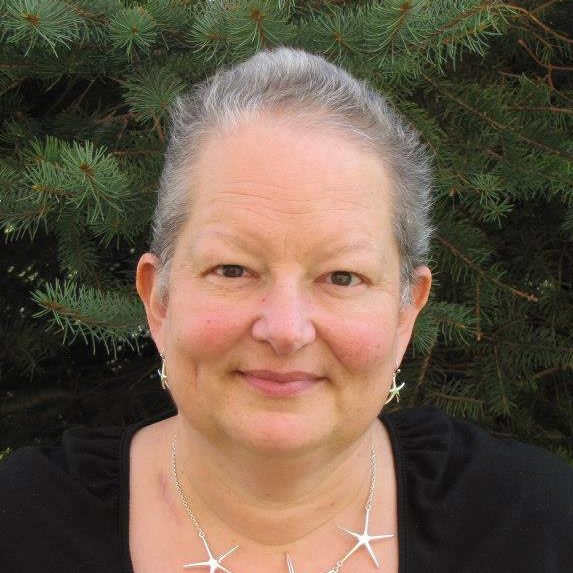
Growing Community In Your Classroom
by Laurie Clarcq
In this presentation, Laurie Clarcq invites teachers to create a community feeling in their classrooms with activities, fun and a positive mental attitude. She suggests teachers look for a variety of opportunities available to them to strengthen the bond both between students and between the teacher and students. By offering her students many ways to express themselves creatively, Ms. Clarcq has made her Spanish classroom into a friendly and successful community of learners. Teachers will be able to choose from a number of different directions mentioned by Ms. Clarcq, all of which enable her to build a community in her classroom.

Mindfulness: Every Student Is Seen And Heard
by Annabelle Williamson
Annabelle Williamson presents mindfulness methods that enable her to acknowledge and validate every student in her CI (Comprehensible Input) classroom in this dynamic and informative presentation. Alongside relevant and memorable anecdotes, Ms. Williamson explains the pedagogical benefits of ensuring that each student is seen and heard and validated. Teachers will be inspired to invest more time in building relationships with their students through a variety of activities and through intentional and concerted efforts to engage students on a personal level.
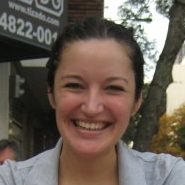
The Arts In A Heritage Language Class: Student Engagement & Teacher Sanity
by Michaela McCaughey
In this presentation, Michaela McCaughey offers teachers insight into her practice of teaching the arts in a heritage language classroom. Ms. McCaughey asserts that the arts provide heritage students with invaluable learning and community-building opportunities, and she supports her assertion with student testimonials and with her showcasing of impressive student work. Teachers will gain not only a deeper understanding of the potential of teaching the arts but also a generous list of resources particularly useful when working with heritage language learners.
Click to Open/Close ▼
DAY 4: MOTIVATING YOUR STUDENTS
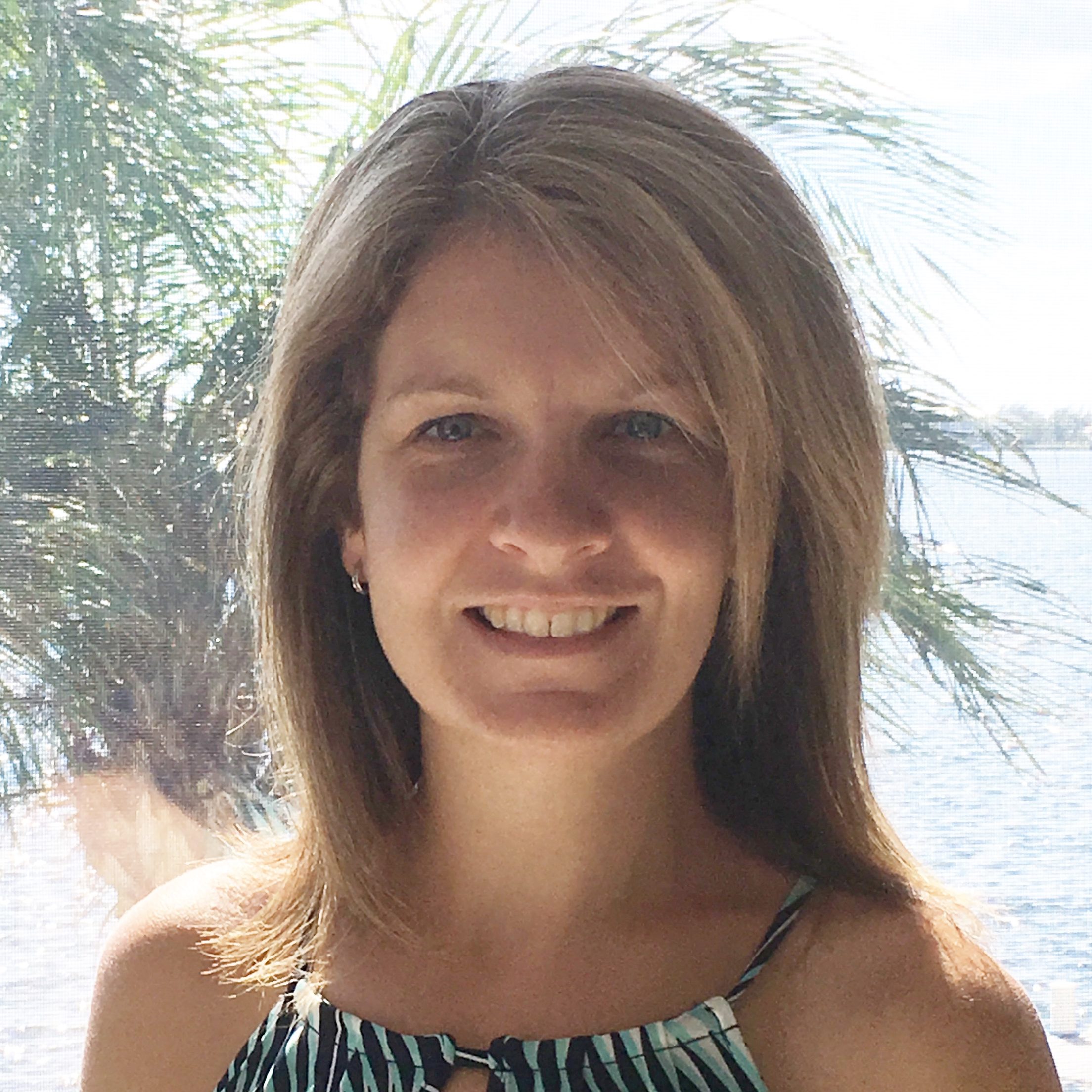
Using Interactive Notebooks for Hands-On Engagement
by Emilie del Risco
In this presentation, Emilie del Risco introduces the Interactive Notebook, a student-created study resource that encourages creativity and organization. Interactive notebooks, or INBs, are appropriate for students of all ages, from elementary school through to high school, and they offer students an opportunity to showcase their knowledge of Spanish. Ms. del Risco demonstrates how to set up, implement and assess INBs in any classroom and provides vivid and clear images of sample INBs to help teachers get started with INBs. Getting started with Interactive Notebooks is a cinch with Ms. del Risco’s thorough explanations.
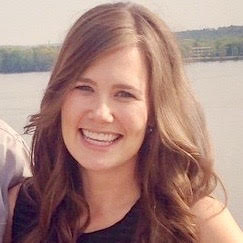
Get Your Spanish Class Moving! - Including Movement In Your Classroom
by Allison Wienhold
Allison Wienhold, a Spanish department of one, believes in offering her high school students many opportunities to move as a way of increasing their focus on learning. She credits foreign language teachers like Annabelle Williamson and Martina Bex with some of her inspired ideas for movement while describing 12 different methods of incorporating movement into Spanish classrooms. Ms. Wienhold favors movement games and activities that require minimal preparation and resources; all she hopes for are open minds and enthusiasm.

Making Language Doable: Building Student Confidence
by Amy Lenord
In this presentation, Amy Lenord explains how repetition and clever scaffolding can build student confidence and enhance their motivation to learn and practice speaking and writing in Spanish. By allowing students plenty of opportunities to make their own discoveries about the functionality of Spanish grammar and vocabulary, Ms. Lenord invites students to be stakeholders in their own learning. Student involvement at this level of learning increases their confidence which makes learning Spanish more exciting, appealing and satisfying to students. Teachers will learn how to work with the three stages of input, processing and output to prepare students thoroughly for assessments that are designed for student success.

The Big 3: Getting Your Students Reading, Speaking And Writing Every Day
by Erin Carlson
In this presentation, Erin Gilreath Carlson introduces and describes ‘The Big 3,’ three daily activities that, in her experience, have proven to enhance student learning of reading, writing and speaking in Spanish. Ms. Carlson encourages other educators to try her three exercises and to adapt them to their needs; in the presentation, she includes sample activities as well as a discussion of the pros and cons of each activity and ways to make the activities both more challenging and slightly easier for students. Teachers will leave this presentation equipped with three straightforward and road-tested activities that are easy to implement and assess.
Click to Open/Close ▼
DAY 5: COMPREHENSIBLE INPUT
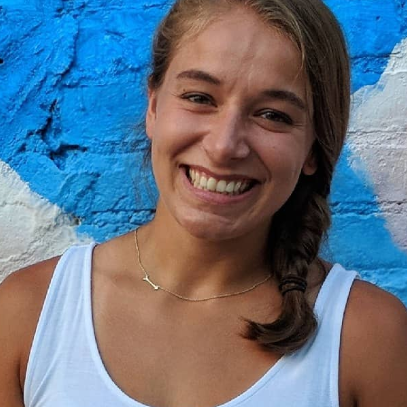
Transitioning to Comprehensible Input
by Ashley Mikkelsen
Ashley Mikkelsen invites teachers to incorporate more Comprehensible Input (CI) into their lesson plans with her dynamic presentation. She specifies that CI is not a method in and of itself; rather, it is a ‘thing’ that can be delivered to students to encourage and foster listening and reading comprehension. Ms. Mikkelsen offers teachers her own methods of implementing CI so that teachers can see for themselves how straightforward and easy it can be. Suggested resources, clearly-described activities and ideas for assessment will enable teachers to use CI in their Spanish classrooms quickly and easily.
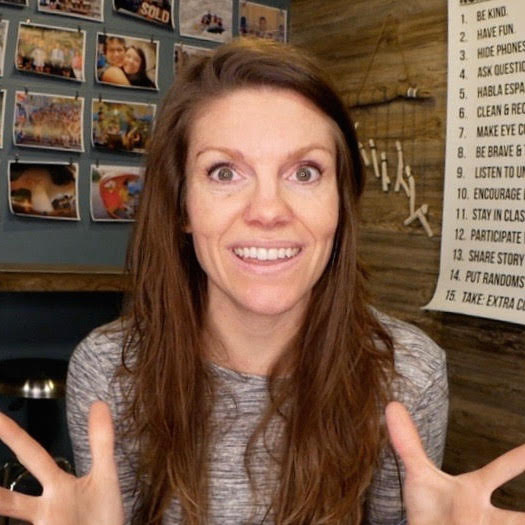
Compelling & Comprehensible Techniques
by Sarah Breckley
With humor and energy, Sarah Breckley explains and demonstrates a number of techniques to make spoken Spanish language more compelling and comprehensible to students. Her tips are practical and accessible, so teachers will be able to implement many of her suggestions the next time they encounter their students in the classroom. Ms. Breckley also includes two specific activities that she uses with her students to get them engaged in communicating in Spanish, and at the end of the presentation, she shows footage of herself working with her students so teachers can observe her suggestions in real life.
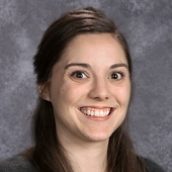
How To Involve Comprehensible Input Into Your Textbook Teaching
by Jodi Stokydk
In this presentation, Jody Stokdyk describes a variety of techniques that deliver Comprehensible Input (CI) to students that can work in tandem with a textbook-driven curriculum. Teachers who aren’t able to give up their textbooks entirely will find many valuable pieces of advice in this presentation as well as suggestions for implementing CI strategies alongside their textbook lessons. With Ms. Stokdyk’s tips in mind, teachers can reinforce their textbook lessons with community-building class discussions that foster improved speaking and writing in the target language.

Ten Target Language Teaching Techniques & Tips
by Jeremy Jordan
In this presentation, Jeremy Jordan explains the methodology behind his favorite ways of delivering Comprehensible Input (CI) to his Spanish students. He shares valuable resources as well as clear and practical strategies with teachers who are looking to incorporate more CI into their lesson plans. Mr. Jordan also explains the theories that support CI as integral to successful language acquisition. This presentation offers teachers a thorough exploration of CI and what it can look like in action.
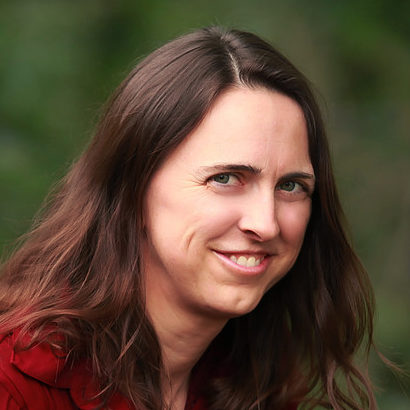
Reading With Your Students From Day One
by Mira Canion
In this presentation, Mira Canion breaks down the tasks students must accomplish in order to read a text in Spanish. She compares and contrasts reading lessons from a 1918 textbook with a contemporary Realidades textbook to offer teachers insight into teaching techniques that have changed over the years and techniques that have stayed the same. Teachers will observe the differences and similarities, which will enable them to decide for themselves which elements of teaching reading comprehension, past and present, will work best for their students.
ACT NOW TO GET LIFETIME access to all WORLD CLASS SPANISH TEACHER SUCCESS ACADEMY MASTERCLASS SESSIONS plus $832 IN EXCLUSIVE BONUSES
© 2025 World Language Teacher Summit All rights reserved. Curated by Speaking Latino and Language Babel.
